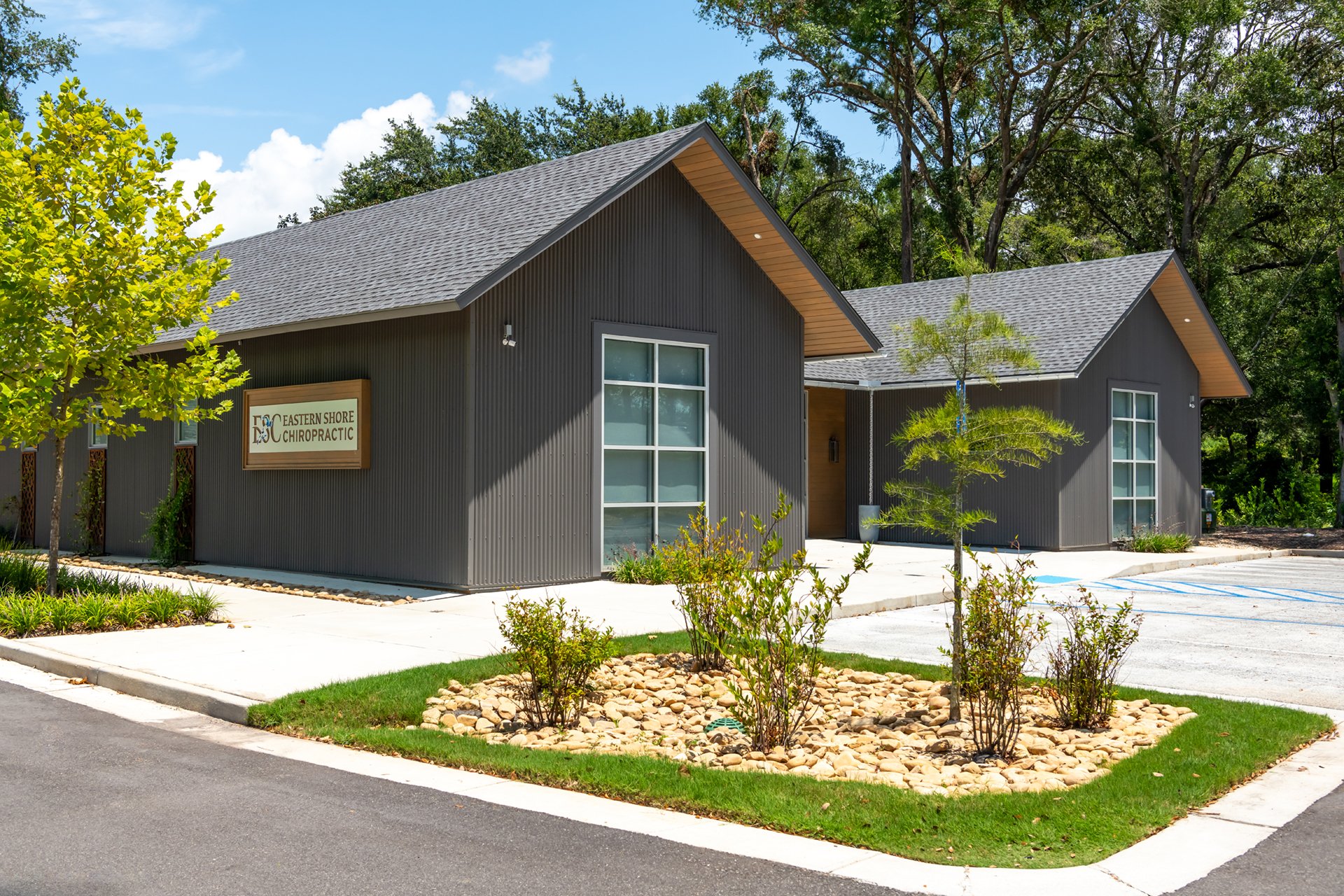Sustainable Architecture & Consulting
We work to create healthy buildings and landscapes that conserve energy and resources, while fostering a greater connection to the natural world. Our mission is to create and improve buildings to leave this region better than we found it.
watershed moment:
reaching a place where the landscape turns in a new and different way; a defining moment, a pivotal moment, a turning point
INNOVATIVE DESIGN
Architecture
Our designs draw inspiration from the porches, barns, and factories built across the south before the invention of air conditioning, and from the innovations of nature itself. We believe green buildings need roots, and challenge ourselves to create architecture that interacts with natural systems in a way that is both beautiful and functional.
RESTORATIVE ENVIRONMENTS
Consulting
We offer green building consulting services to empower our clients to design, build, or operate green buildings. We can help you plan for the sustainable development of your campus or organization, manage the certification of a new or existing building, fine tune building performance, or develop customized sustainable guidelines, goals, and performance metrics.
















